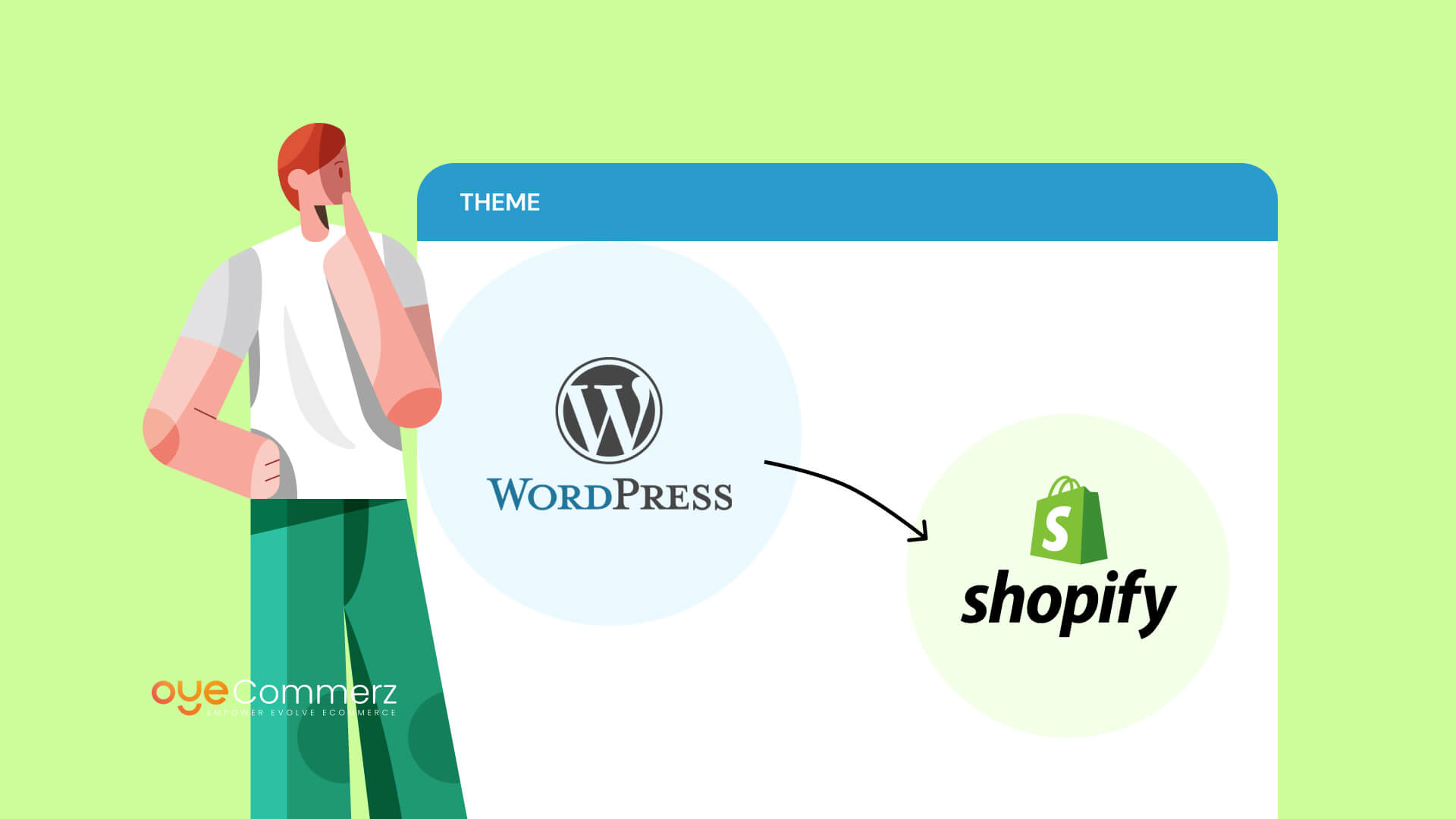Transitioning from WordPress to Shopify is an exciting step in optimizing your online store processes. As companies expand, selecting a solution that supports growth potential, user experience, and customization is essential. Shopify has emerged as a preferred choice for e-commerce professionals, providing superior adaptability, data protection, and ease of use. In this guide, we will delve into why this migration is a game-changer, highlight the advantages, and share actionable steps to ensure a seamless transition.
1. Top Reasons to Transition from WordPress to Shopify
WordPress, paired with WooCommerce, has served countless e-commerce platforms. However, as businesses expand, issues like reliance on plugins, data risks, and technical complexities often obstruct growth. Shopify, specifically created for digital retail, eliminates these issues with an comprehensive, user-friendly platform. Statistics back this transition—Shopify hosts over 4.4 million websites worldwide, with a documented 10% increase in sales performance for many businesses after migration.
2. Shopify's Perks for Thriving Online Stores
Shopify’s robust ecosystem caters for expanding businesses. Its notable features include:
- Effortless Design Flexibility: Shopify offers over 80 professionally designed themes.
- Built-in Features: Features like Shopify Payments and built-in SEO streamline operations.
- Global Reach: Currency versatility and regional customization enable brands to expand internationally.
Additionally, Shopify delivers an uptime rate of 99.98%, guaranteeing your website remains accessible.
3. Getting Ready for Your WP-to-Shopify Transition
Before migrating, evaluate your existing setup. Analyze product data, client information, and search engine rankings. Tools like Shopify’s Migration Kit or third-party solutions help ease the transition. Create a comprehensive plan, ensuring all resources—item details, media files, and blog content—are optimized for transfer.
4. The Importance of Accurate Data Migration
Transferring your data is a cornerstone of a successful transition. When migrating from WP to Shopify, prioritize:
- Inventory Details: SKU, item summaries, and categories.
- Client Information: Emails, order history, and custom fields.
- SEO Optimization: Retain meta tags, URLs, and redirects to avoid SEO losses.
Leverage tools such as LitExtension to streamline data transfer while reducing mistakes.
5. Tailoring Your Shopify Store to Fit Your Brand
After the move, customizing your Shopify store helps it reflects your brand. Take advantage of Shopify’s intuitive page builder to design pages effortlessly. Shopify's templates are optimized for all devices, providing a seamless UX across platforms—a critical factor, since 74% of e-commerce traffic is generated by mobile visitors.
6. How to Protect Your SEO Rankings When Switching Platforms
SEO is vital for preserving your visibility during migration. Shopify excels in SEO with organized link formatting, preloaded features, and smooth content management. Make sure you:
- Implement 301 redirects for old URLs.
- Enhance updated content with keyword-rich content.
- Leverage plugins like Plug in SEO to monitor performance after the switch.
7. Post-Migration Testing
After finishing the transfer, conduct thorough testing.
Check:- Page load times (Shopify boasts Migrate from WordPress to Shopify faster speeds in contrast with WP).
- Payment integration reliability and transaction flow.
- Mobile responsiveness.
Testing guarantees your store delivers a smooth shopping journey from the start.
8. Real-Life Success Story
An example of effective platform switching is Gymshark, a fitness apparel brand that transitioned to Shopify. After the switch, the company saw a 60% increase in mobile sales and significantly lowered site downtime. This highlights the potential of Shopify in driving e-commerce growth.
9. Overcoming Common Migration Issues
Migration is not without obstacles, such as data integrity and reconfiguring custom functionalities. However, Shopify’s extensive assistance and third-party experts simplify the process. Collaborating with experienced Shopify developers helps guarantee a trouble-free transition.
10. Making the Switch: The First Step Toward Success
Switching from WP to Shopify marks a strategic decision to online retail. By addressing scalability, simplifying management, and improving buyer satisfaction, Shopify empowers businesses to thrive in challenging industries.
Conclusion
Switching from WP to Shopify is a strategic move that can significantly boost your e-commerce success. With a robust migration plan, the WooCommerce alternative Shopify right tools, and professional guidance, you can unlock new success milestones.
Excited to start the journey? Let’s discuss how our Shopify migration services can transform your online store. Contact us now, or consider: Can your business afford to miss out on Shopify’s growth potential?

Comments on “Effortless Transition from WordPress to Shopify: Your Definitive Guide to E-commerce Success”